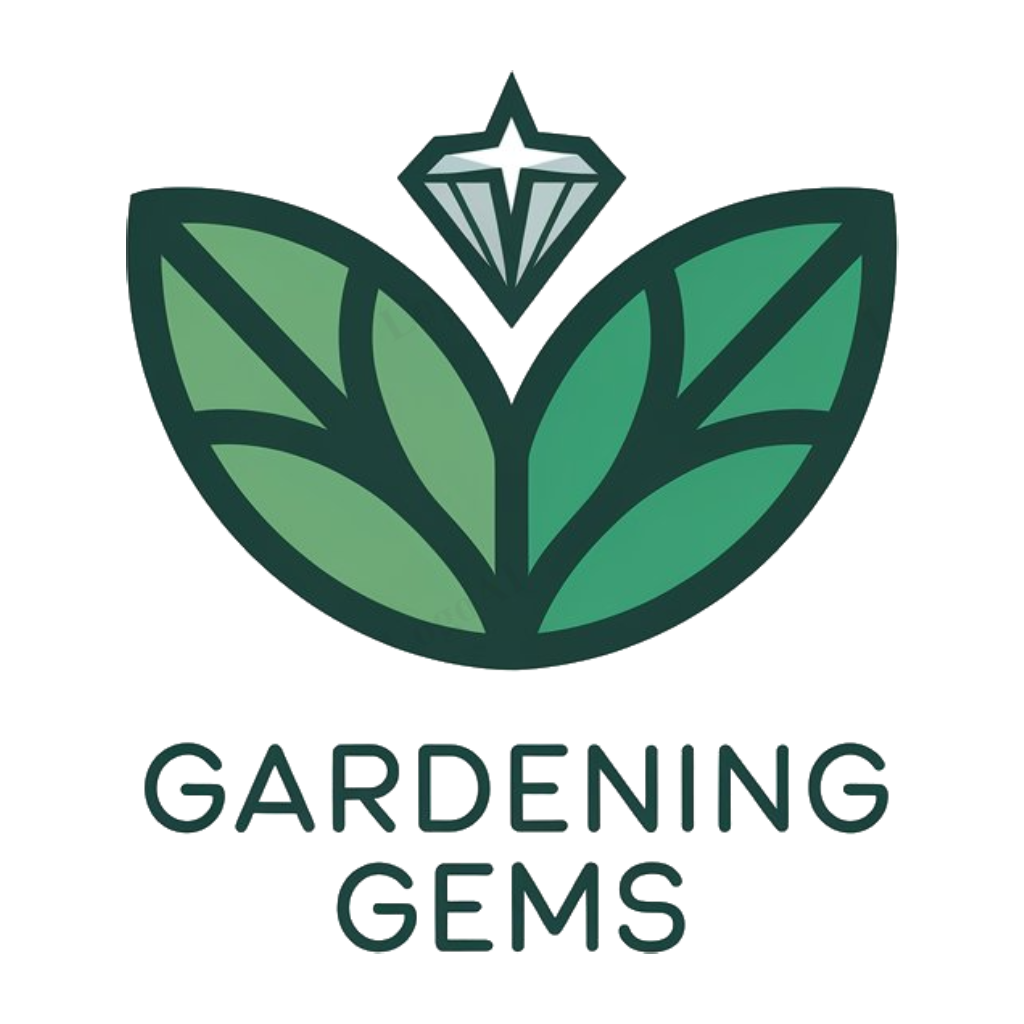Starting a garden can be super fun and easy. You’ll begin with the basics, like choosing easy-to-grow plants, preparing the soil, and picking a spot that gets the right amount of sunlight. This is where your gardening adventure starts, and it’s exciting to think about all the delicious fruits and veggies you’ll grow.
Getting started with gardening is simple, and anyone can do it. You don’t need to be an expert to grow your own food, and it’s a great way to spend time outdoors and get your hands dirty. By following some easy steps, you’ll be on your way to growing a thriving garden that will make you proud.
Choosing the Right Location
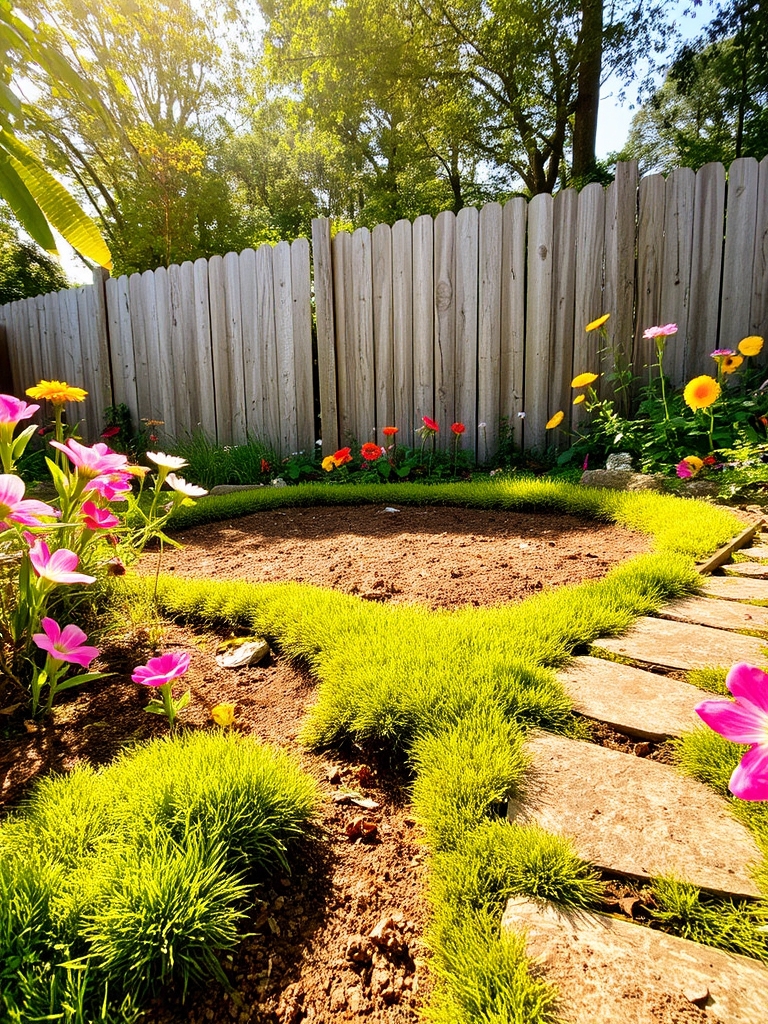
Choosing the right location is vital for a successful garden. Consider the amount of sunlight, soil quality, and accessibility of water when selecting a spot. Most plants require at least 6 hours of direct sunlight and well-draining soil to thrive. Guarantee the area is level and easily accessible for maintenance and harvesting.
Selecting the Best Plants
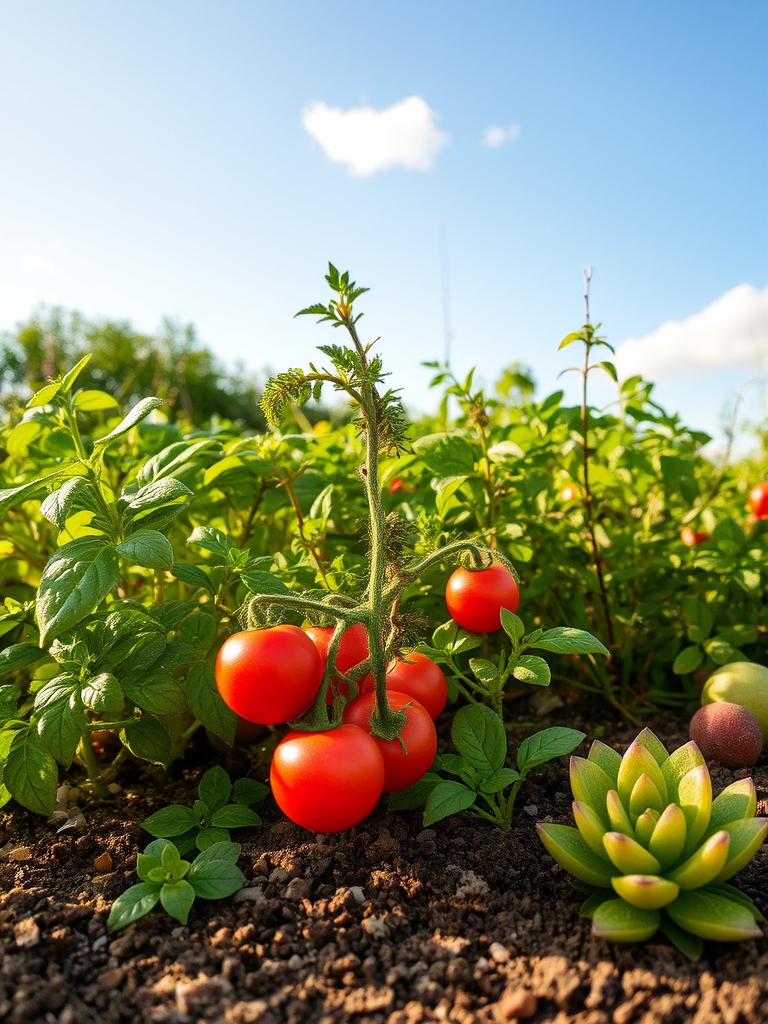
Selecting the best plants involves considering factors like climate, soil type, and sunlight exposure. Choose plants that thrive in your local environment and require minimal maintenance. Consider starting with hardy, easy-to-grow plants like tomatoes, herbs, or succulents, which can help build confidence and skills for beginner gardeners.
Preparing the Soil
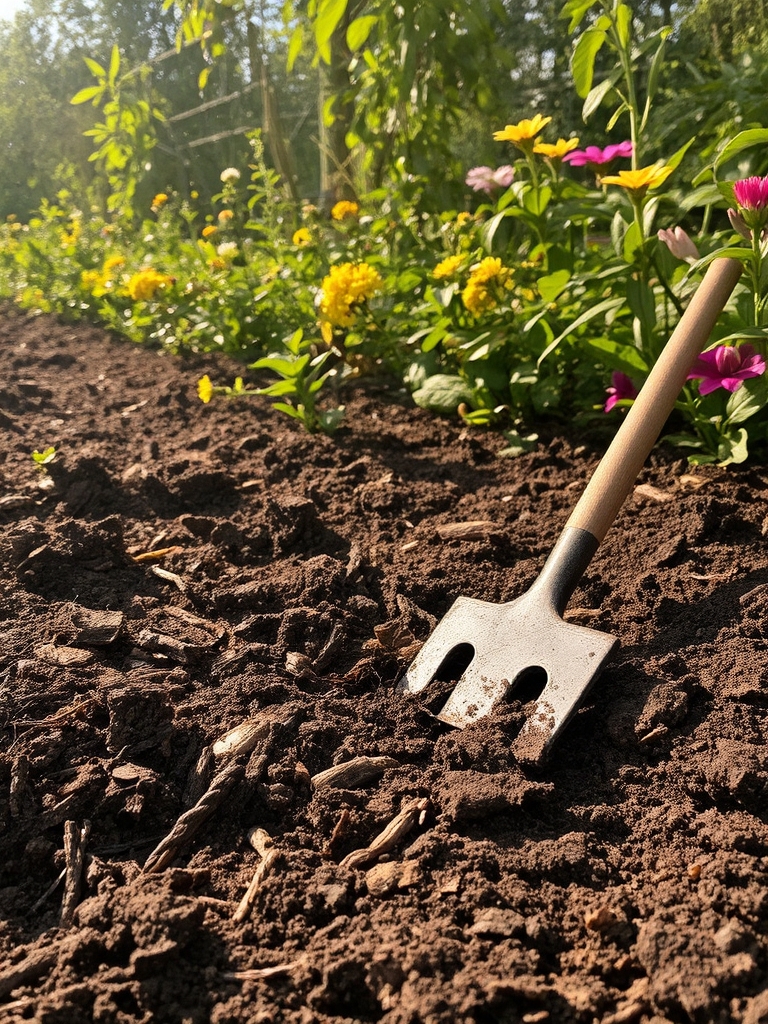
Preparing the soil is essential for a successful garden. It involves testing the pH level, removing debris, and adding organic matter like compost or manure to improve fertility and drainage. This step helps create a suitable environment for plants to grow, ensuring they receive the necessary nutrients for healthy development and maximum yield. Proper soil preparation is vital.
Gathering Essential Tools
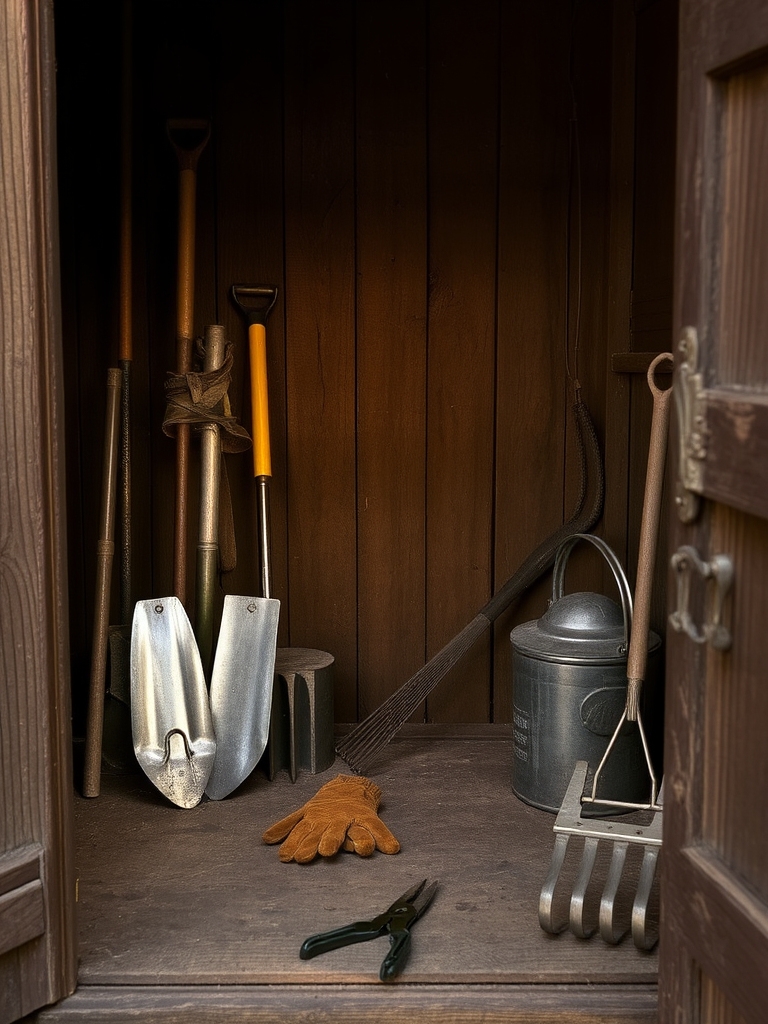
Gathering essential tools is a vital step for beginners. Start with basic items like a shovel, trowel, rake, and watering can. Add a gardening glove, pruning shears, and a cultivator to your collection. These tools will help you prepare, plant, and maintain your garden with ease, making your gardening journey more efficient and enjoyable.
Understanding Climate and Weather
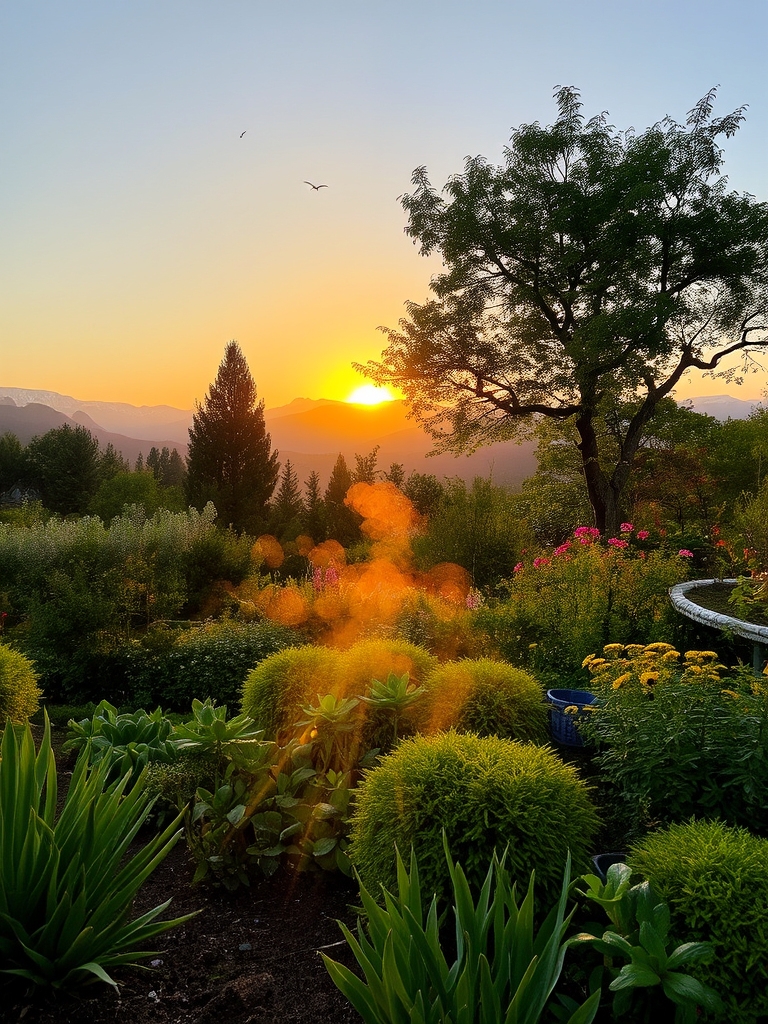
Understanding climate and weather is vital for gardening. Climate refers to long-term patterns, while weather is short-term conditions. Knowing your area’s climate and weather will help you choose suitable plants, determine planting times, and prepare for extreme conditions, ensuring a successful and thriving garden. This knowledge will guide your gardening decisions.
Planting Seeds and Seedlings
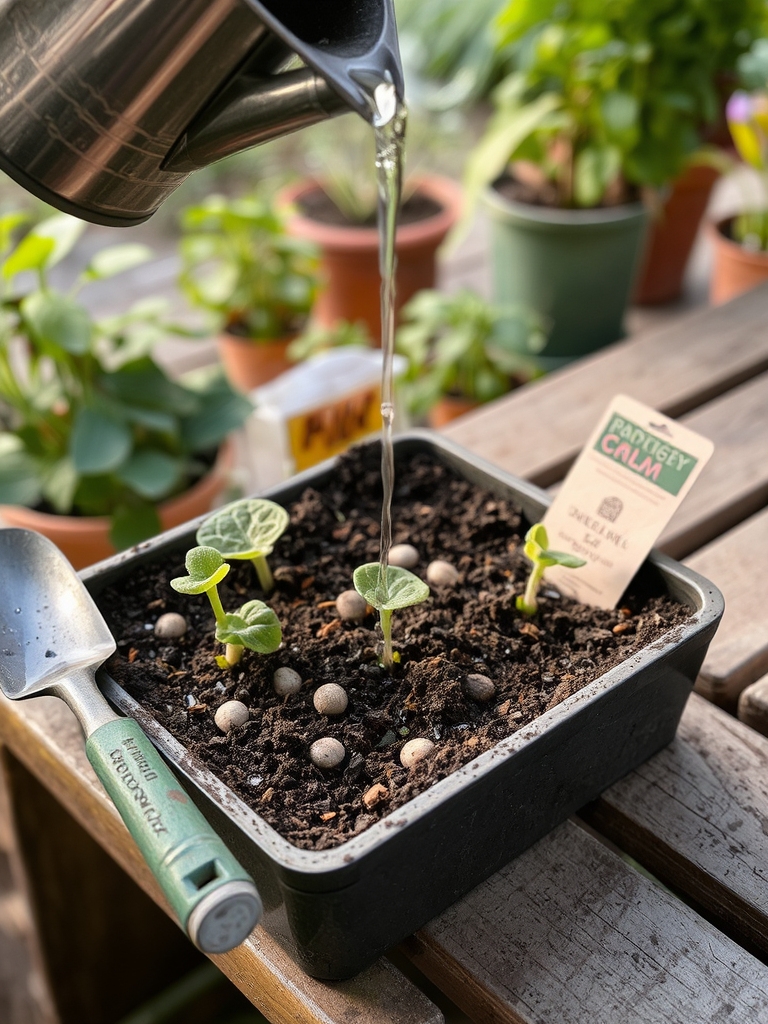
Planting seeds and seedlings is a vital step in gardening. Choose healthy seedlings or sow seeds at the right depth and spacing. Water gently and provide adequate light. For seeds, maintain a consistent temperature and moisture level until germination. Handle seedlings carefully to avoid damaging roots, and plant at the same depth as the pot.
Watering and Irrigation
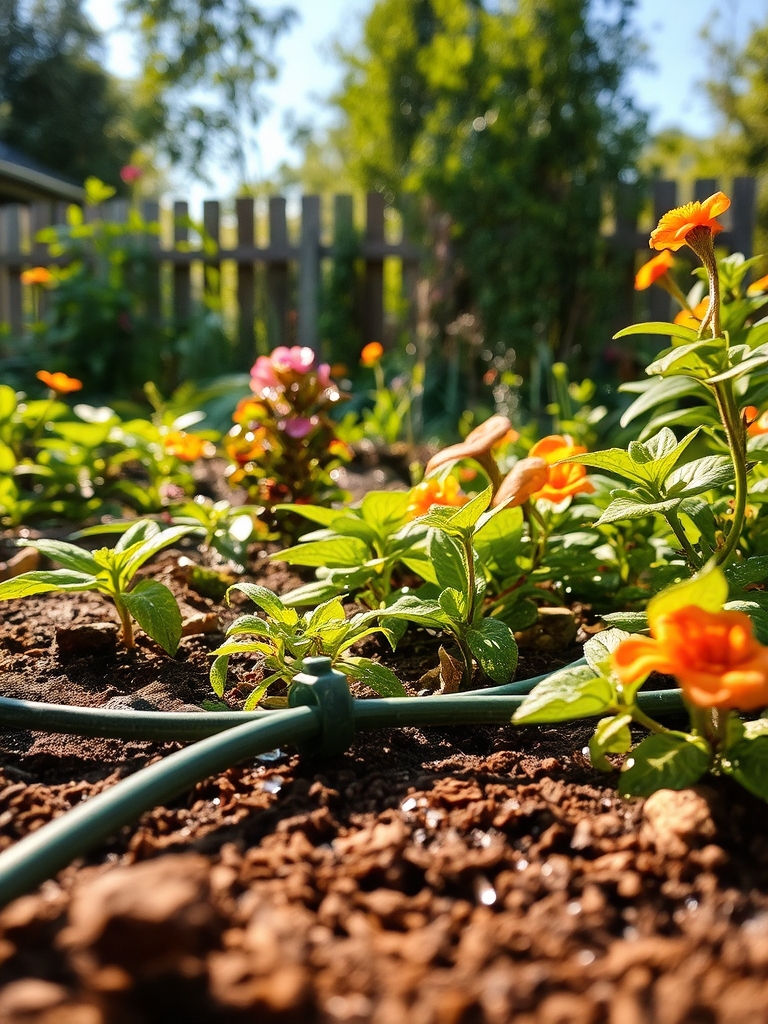
Proper watering and irrigation are vital for plant growth. Overwatering can be detrimental, while underwatering can lead to wilted plants. Understanding soil moisture and climate conditions helps determine the right watering schedule. Techniques like drip irrigation and soaker hoses can also help conserve water and reduce evaporation, promoting healthy plant development. Regular monitoring guarantees the best water levels.
Providing Necessary Sunlight
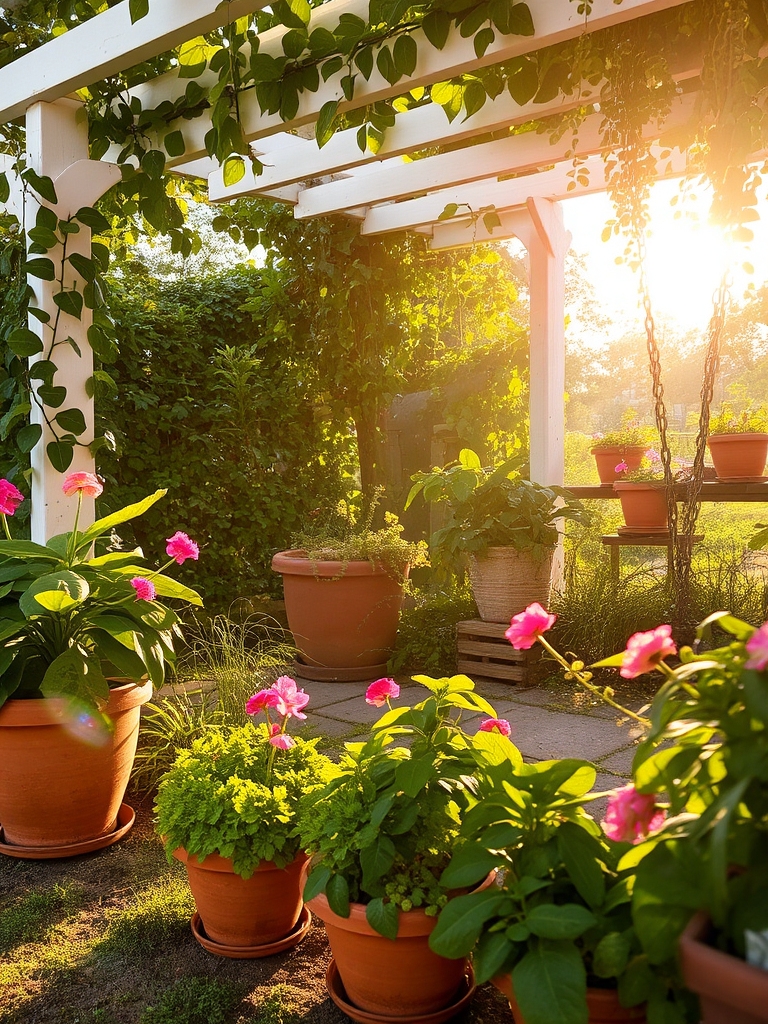
Most plants require adequate sunlight to thrive. Determine the sunlight requirements for your specific plants, as some need direct sunlight while others prefer partial shade. Place plants near windows or outside in spots that receive the necessary amount of sunlight, typically ranging from 4-12 hours a day, depending on the plant species.
Fertilizing and Mulching
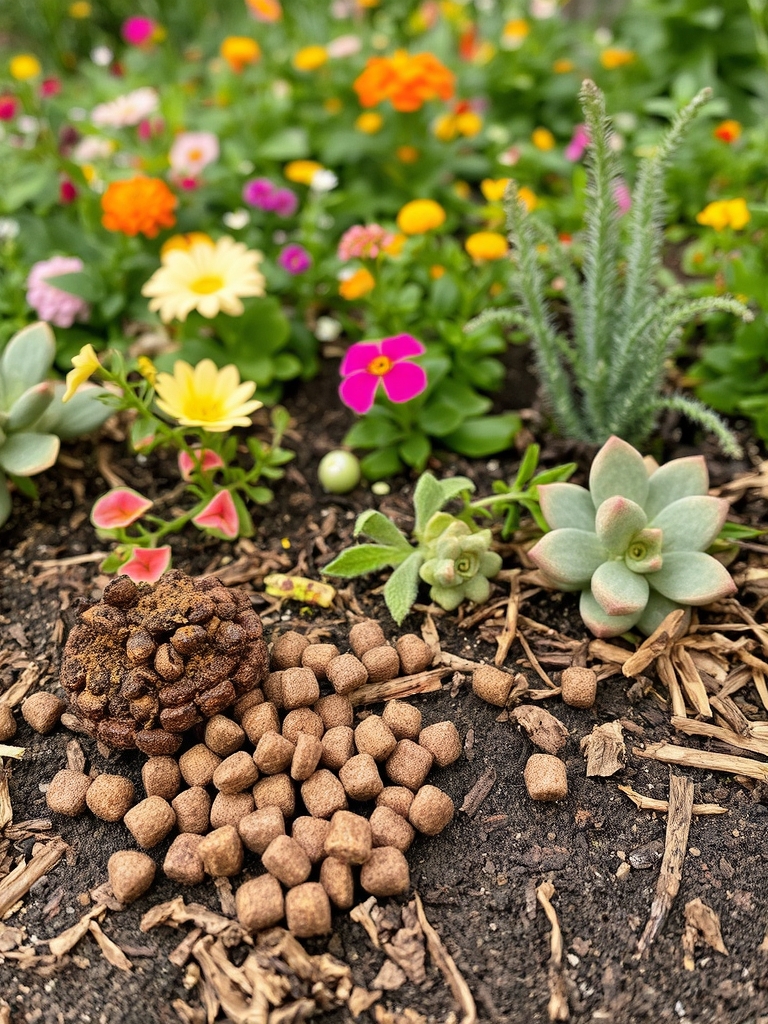
Fertilizing and mulching are vital steps in gardening. Fertilizers provide essential nutrients for plant growth, while mulch retains moisture and suppresses weeds. Organic and inorganic fertilizers are available, and mulch can be made from materials like wood chips or straw, helping to create a healthy and thriving garden environment.
Creating a Garden Layout
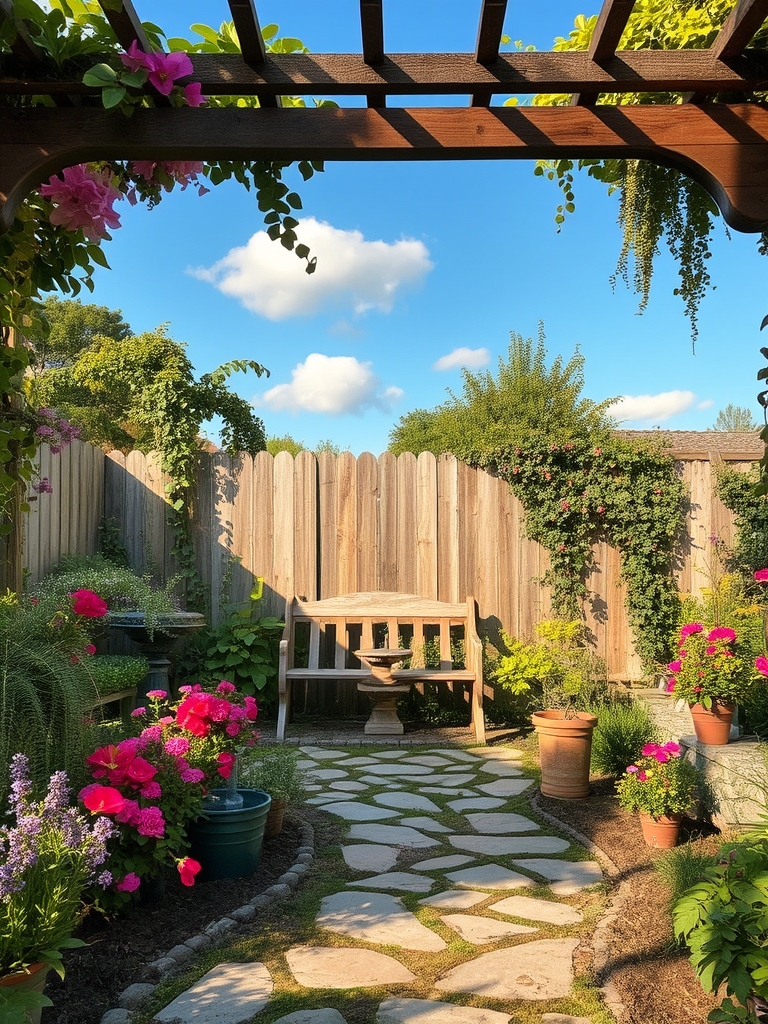
Creating a garden layout involves planning the arrangement of plants, paths, and features to maximize space and aesthetics. Consider the size and shape of your garden, as well as the amount of sunlight and shade it receives. Make a sketch or diagram to visualize your design and make adjustments as needed to create a functional and beautiful outdoor space.
Protecting Plants From Diseases
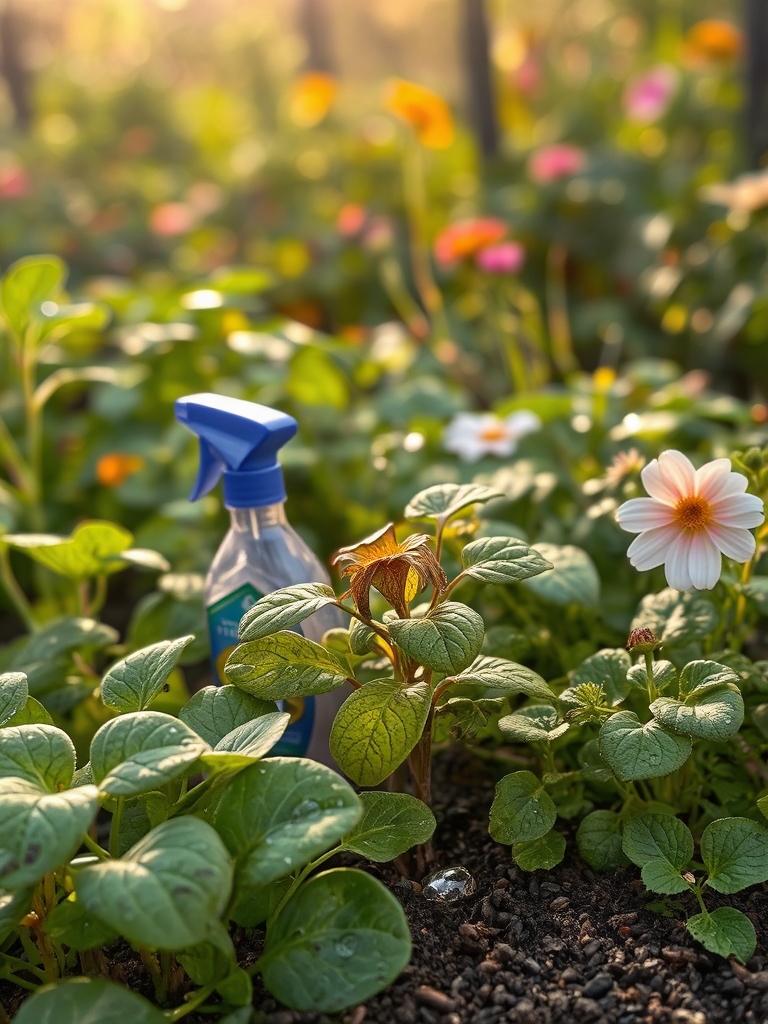
Protecting plants from diseases requires proactive measures, such as maintaining good hygiene, using disease-resistant varieties, and practicing crop rotation. Regularly inspecting plants for signs of disease and removing infected areas can also help prevent outbreaks. Additionally, using organic or chemical fungicides can aid in disease control, ensuring a healthy and thriving garden. Proper watering and drainage also play a vital role.
Supporting Climbing Plants
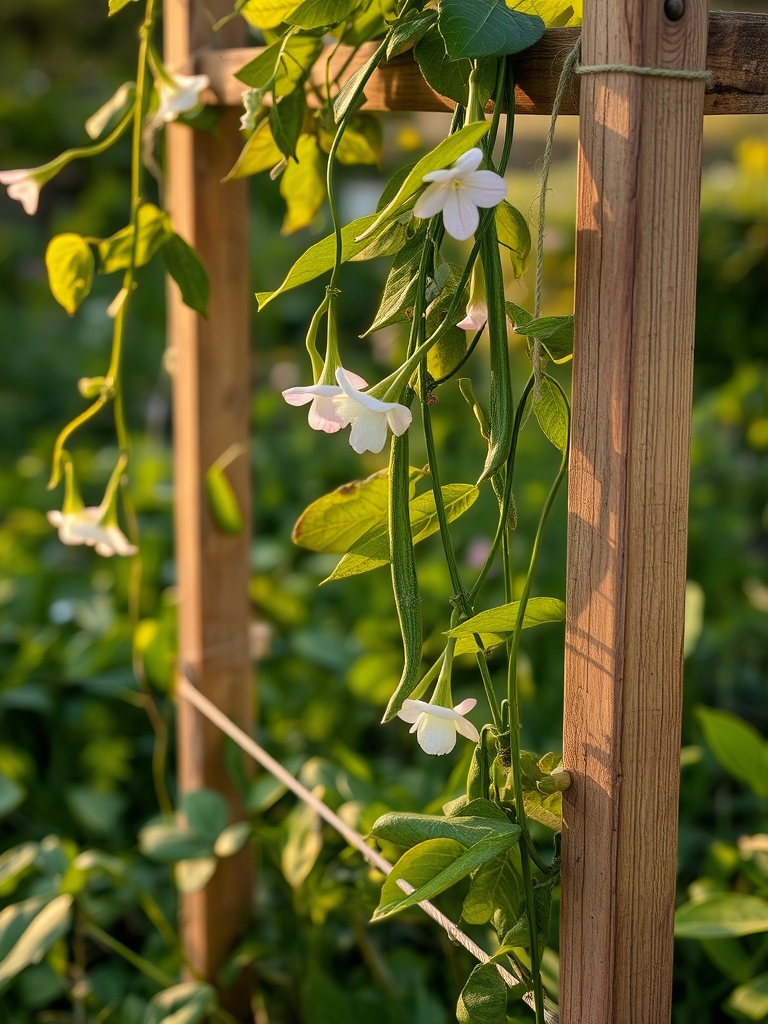
Supporting climbing plants is essential for their growth and structure. Provide trellises, arbors, or stakes for plants like peas, beans, and tomatoes to climb. Train the stems to grow upwards, securing them with twine or clips. This encourages vertical growth, maximizes space, and promotes healthy development, leading to a more bountiful harvest. Regular pruning also helps maintain shape.
Creating a Garden Pathway
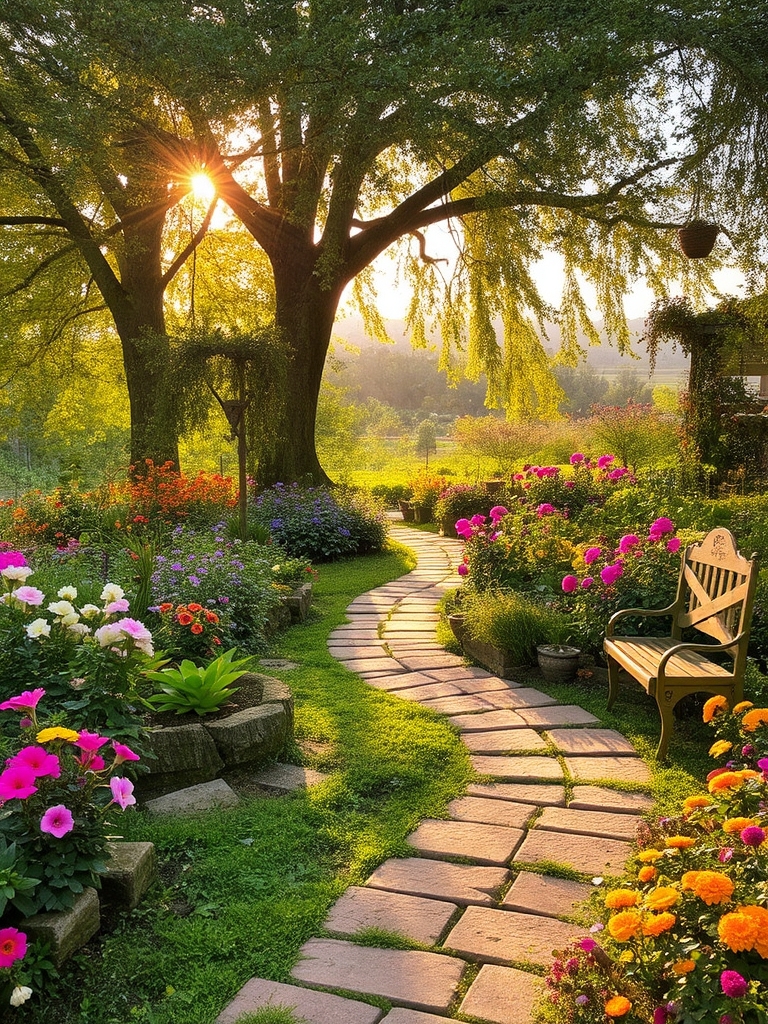
A garden pathway helps guide visitors through the garden and adds visual appeal. Choose from various materials like gravel, brick, or stone to create a unique and inviting pathway. Consider the climate and intended use when selecting materials to guarantee durability and safety. A well-designed pathway enhances the overall garden experience.
Using Containers and Raised Beds
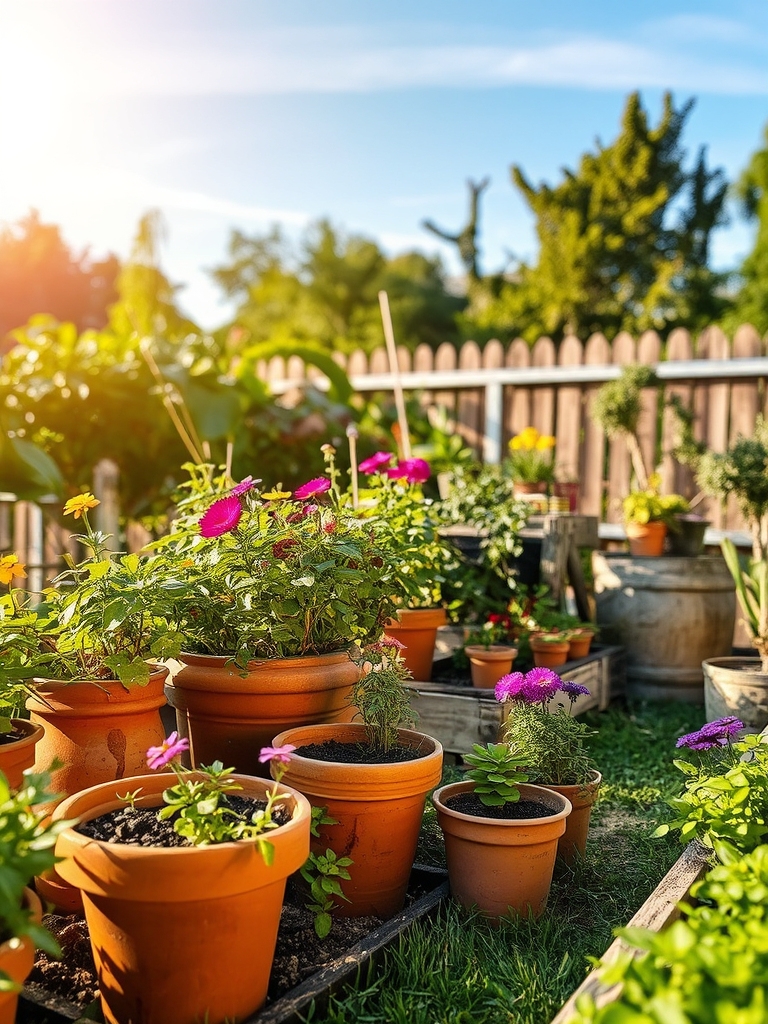
Using containers and raised beds is ideal for beginners, as they offer better control over soil and drainage. Containers can be moved to optimize sunlight, while raised beds provide improved accessibility and reduced soil compaction, making it easier to grow a variety of plants in a small space.
Maintaining Garden Tools
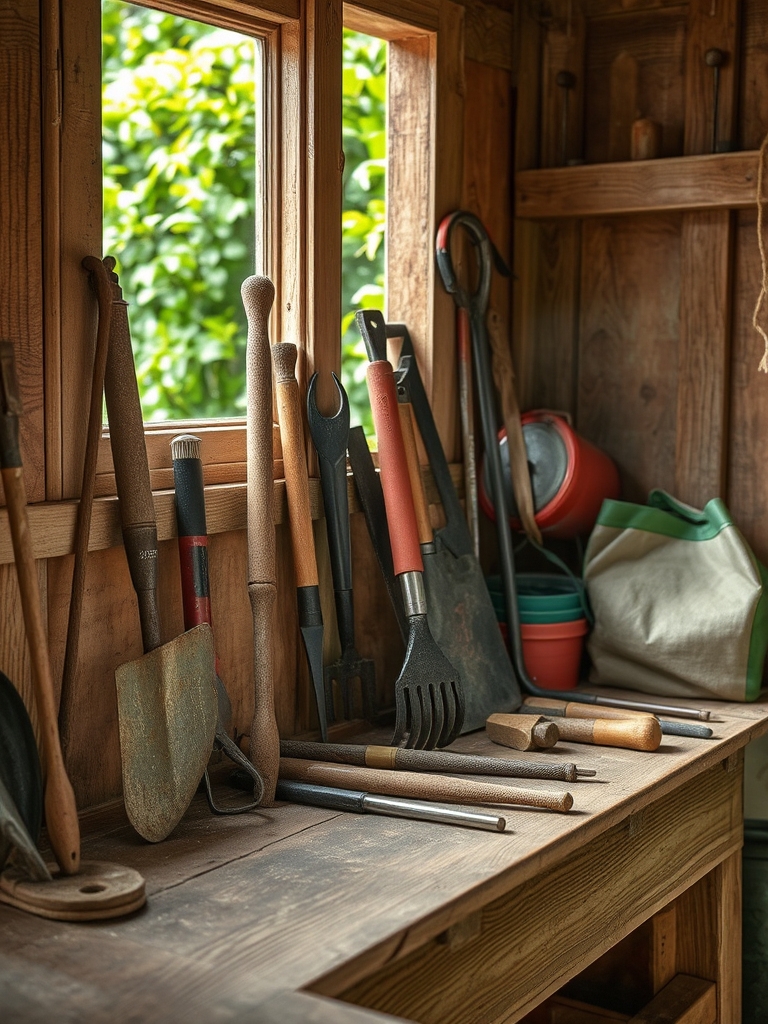
Properly maintaining garden tools is vital for their longevity and effectiveness. Regularly clean and sharpen tools to prevent rust and damage. Store them in a dry, secure location to protect against the elements and unauthorized use. This helps guarantee tools remain in good condition, making gardening tasks easier and more efficient.
Conclusion
You’ll face challenges, but with patience, you’ll thrive, transforming your outdoor space from barren to blooming. Amidst potential failures, you’ll discover triumphs, and your garden will flourish, becoming a serene oasis amidst chaos, where you’ll reap the rewards of your labor, savoring the sweet taste of success.
